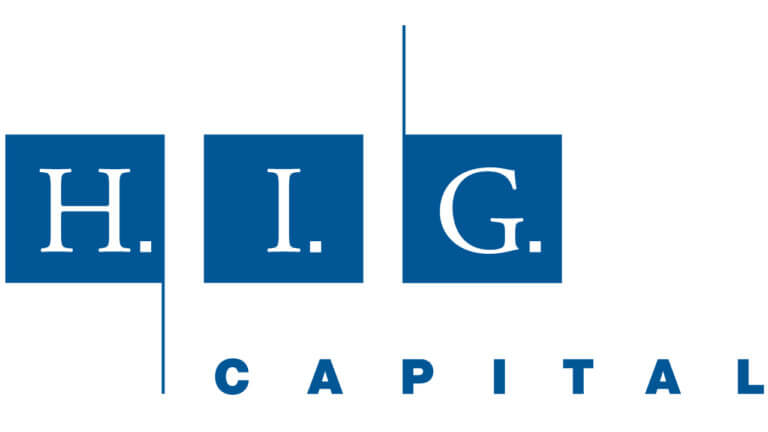More capital seeking hard and fast returns
With returns from traditional asset classes eroded by low interest rates, there’s plenty of dry powder looking to ride the tech wave while it lasts. Amongst the riskier asset classes, (notwithstanding the cash flooding into cryptos and ICOs), VC is becoming an increasingly attractive destination for capital seeking hard and fast returns.
As an indicator, VC assets under managements have tripled in just 3-4 years, while corporate venturing is back with a vengeance. Pitchbook data also shows that recent VC vintages are distributing capital back to LPs at a much faster pace than older ones, as well as carrying down more than 70% of their capital by the third year of investment.
Compared to the return timelines of adjacent asset classes, one can see why VC presents an attractive alternative, especially with the average Private Equity fund taking a staggering nine years to achieve a Distribution to Paid-in Capital (DPI) of 1.0x.
The ‘Halo Effect’ of traditional venture capital
Fund performance data shows only a dozen of the top VC firms generate consistently high profits. Between 3-5 percent of firms generate 95% of the industry’s profits, whilst the big name funds in the upper decile rarely change.
In a world where these firms are only as good as their last unicorn, this creates a ‘halo effect’ around a handful of well-known, long-standing funds, making it much harder for new entrants with no track record to attract exceptional founders. Meanwhile, a VC fund requires a 3x return to be considered a good investment by LPs, creating a lot of pressure to identify outliers and invest in “fund returners”.
So what defines a VC fund’s success? Is it all about picking winners? Do the top funds have a magic-8 ball to predict the next big market, or the hottest new tech? Or are markets there for the taking, with interest from the top funds compounding valuations through a self-fulfilling prophecy? Surely, it’s all down to the agency of brilliant founders, who gravitate towards the funds with the most capital and the best advice?
VC’s differentiation challenge
While it is hard to assess the additionality of advice over cash, at a later stage, picking winners is notably easier: more mature startups are typically generating revenue (though still unprofitable) and have moved beyond the most uncertain market and product development stages. The odds of a successful exit are also higher, with average loss-rates down to 30% and shorter holding periods (six years, on average).
However, it is also harder for funds at this level to differentiate themselves and attract the best founders looking for the ‘smartest capital’ (cash + advice), although normally it defaults to whichever fund offers the highest valuation. So “if the pound in my pocket is no different to the pound in yours”, how can funds articulate their ‘value add’?
Scanning websites of the best-known funds, they highlight their talent network and team of GPs, but it’s the fund’s track record that stands out, but in practice, the additionality of cash plus advice is extremely intangible.
Since 2009, a handful of US funds, (most notably Andreessen Horowitz) have started to buck the trend, working harder for their portfolio, hustling for them, providing introductions to their network of customers, acquirers and next round money. At the same time, the rise of the micro-VCs (investing across the pre-Series A spectrum) has also crossed the channel into the UK and Europe. However, instead of following an identikit model, these funds are finding a better way…
The earlier the better?
Considering the circumstances, investing earlier makes a lot of sense, not least for pursuing fresh pastures, but also for the most capital efficient returns, where investors can justify a higher reward for the increased risk they are taking, following on relentlessly in the winners of each portfolio.
However, the risks aren’t trivial, and according to Pitchbook, the loss rate amongst pre-series A startups is greater than 65%. Mark Suster, an investor at Upfront Ventures, captures this in his “1/3, 1/3, 1/3” principle: He expects one-third of his investments to be written down to zero, one-third to return the principal, and the remaining third to deliver most of the returns.
There’s no shortage of microfinancing available to pre-seed (“idea” stage) startups (crowdfunding, ICOs, angels, grants, accelerators), but it takes more than just cash + advice to build a rocket, and traditional VC funds are not set up to operate at this level.
Breaking the “two and twenty” model
While accelerator models attempt to plug the gap, investing small amounts of cash, and providing advice via their support networks, they don’t provide startups with the rocketfuel they need. There are also more sophisticated ways of investing than placing small cheques on lots of different bets. VC can add a lot at this level, but at pre-seed and seed, the traditional venture capital model breaks down for three main reasons:
- From a risk-return perspective, fund economics don’t work. For most funds, it would require an unmanageable number of deals to beat the odds of a 35% success rate, and still return 3x to the the fund.
- The traditional VC workflow doesn’t scale: a handful of GPs/investors receiving polished pitch decks and warm introductions from well-networked founders stands in stark contrast to the thousands of “idea stage” submissions, and systematic screening efforts required. There’s a huge amount of serendipity involved, and this needs to be ‘designed in’ at scale.
- Most importantly, startups at this stage require more than just cash + advice. Founders need help to build stuff, and that requires resources most funds can’t sustain out of the traditional two and twenty model.
De-risking through operational support
At Forward Partners, we believe there’s a better way to support early stage founders. Charging a higher management fee to LPs (the percentage of their investment that contributes towards a fund’s operating expenses) unlocks a unique value-add in a team of operators. This allows funds to offer tech, growth and product expertise as well as the hands-on help that founders need in their first year of operations.
By offering a ‘scale up team in miniature’ with experience across UX, design, full-stack development, talent, growth, PR and comms, a VC can truly help to mitigate the mistakes made by early stage startups, build stronger foundations for startups.
About Forward Partners:
Forward Partners is the UK’s leading early-stage VC fund, providing a game changing combination of capital and operational support to supercharge tech startups. Our unique model is helping to build the UK’s next generation of talented AI, e-commerce and marketplace businesses.























